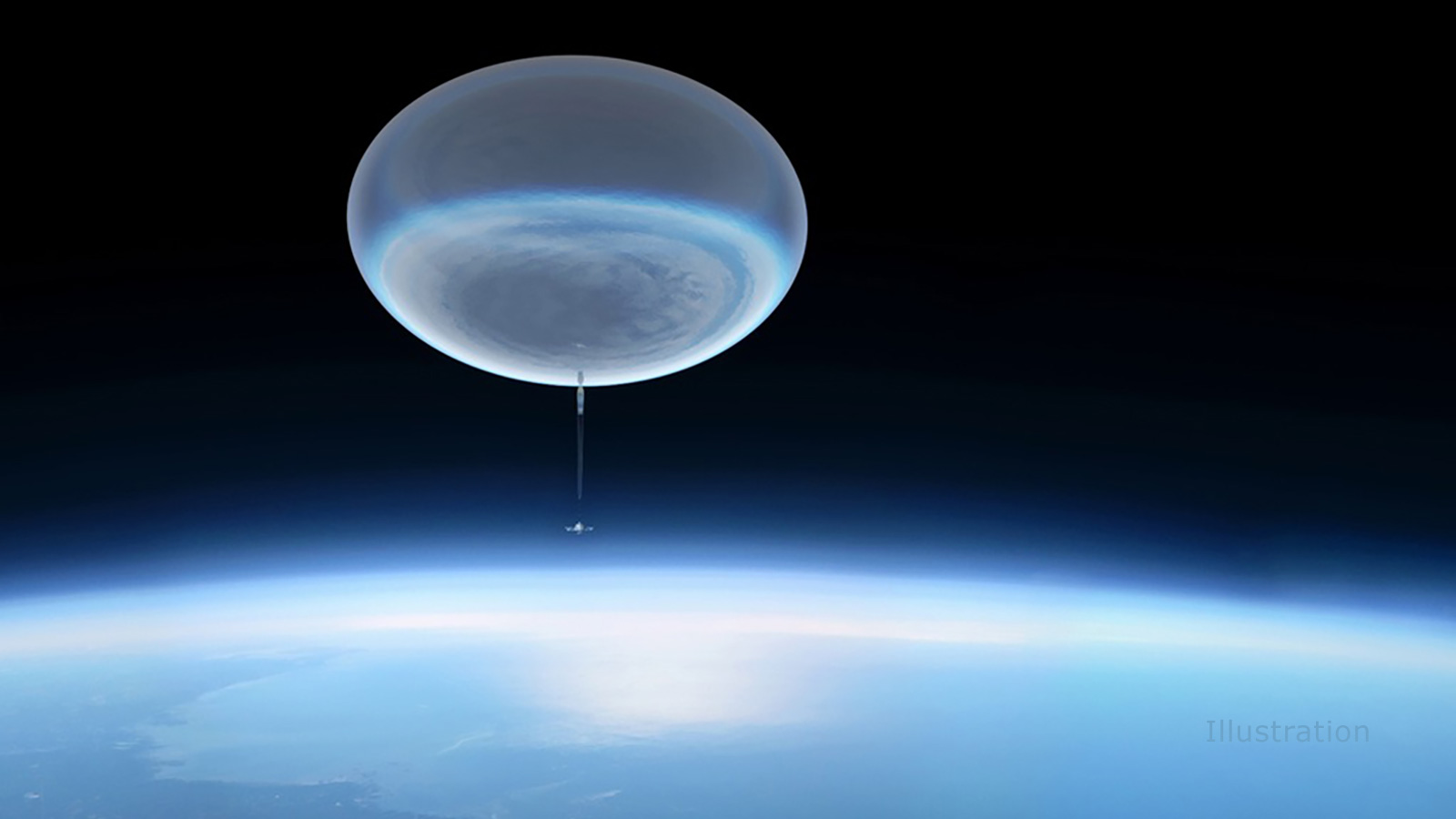| Status | In development |
| Launch | 2029 |
| Space organisation | NASA |
| Type | Far-infrared (35 – 112 μm) |
| Orbit | Balloon above Antarctica |
| SRON contribution to | Camera’s, Read-out |

POEMM focuses specifically on the formation of planets in the dust disk around a baby star. To this end, POEMM focuses on the substance deuterium (‘heavy water’). By taking spectra of dust discs, POEMM reveals their chemical composition. For example, scientists can measure at what distance from the star the ‘snow line’ is. At that point, water vapour in the disc turns into water ice. This knowledge is essential for understanding the formation of planets.
Moreover, the presence of deuterium is a good indicator of the mass of the planetary disk. POEMM’s detectors are sensitive to the far-infrared frequencies of 2.7 THz and 5.3 THz, where deuterium exhibits its characteristic spectral lines.
Higher sensitivity than predecessor
POEMM owes its sensitivity to the use of Kinetic Inductance Detectors (KIDs), which are designed to minimise the loss of incoming signal. The incoming light is passed through a series of mirrors and optical elements, sending it back and forth several times before exiting the detector.
Close to absolute zero
KIDs operate at temperatures close to absolute zero, putting them in a superconducting state. In this state, electrons form pairs and can flow through the material without resistance. When a light particle (photon) hits the material, it breaks up a multiple of these electron pairs. The KIDs measure how many pairs have broken up, which translates into the energy of the incoming photon.
Virtually Image Phased Array
POEMM is the first balloon mission to use an optical component called Virtually Image Phased Array (VIPA), developed by SRON (including Willem Jellema) Cornell University and NASA (LINK). The use of VIPA ensures that the measurement instrument does not need moving parts to achieve high spectral resolution. This makes the instrument extra compact.






